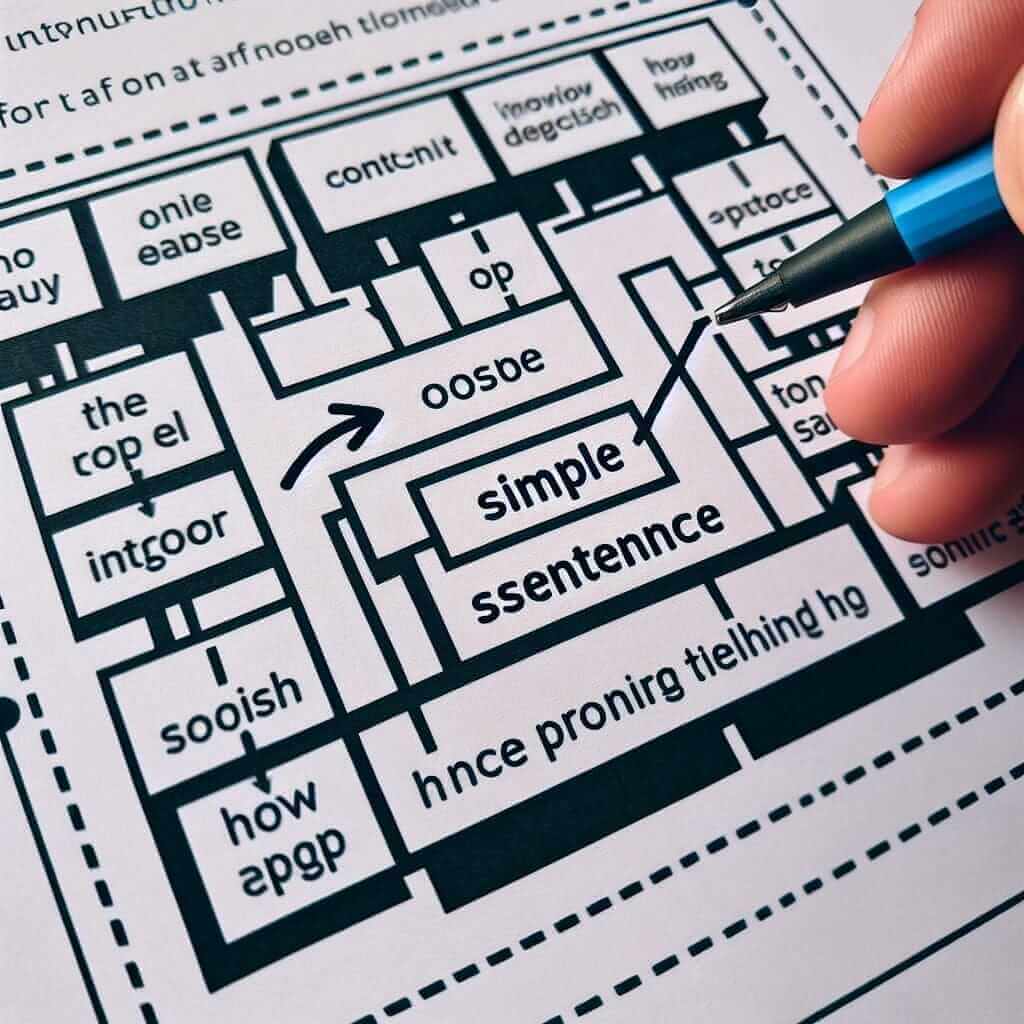Emphatic structures, also known as cleft sentences, are used to emphasize a particular part of a sentence. This structure is particularly useful in IELTS Writing and Speaking, where you might need to highlight specific information or arguments.
Here are a few examples of how emphatic structures can be used in different sections of the IELTS test:
Speaking Part 2:
- “Describe a time you helped someone.”
It was last summer that I helped my neighbor fix his roof after the storm. (Emphasizes when the event happened)
Writing Task 1:
- “The graph shows the number of tourists visiting a museum.”
It is in the summer months that the museum experiences its highest visitor numbers. (Emphasizes the peak season)
Writing Task 2:
- “Some people believe that technology has made our lives easier.”
While technology has brought numerous benefits, it is the impact on social interaction that raises the most concern. (Emphasizes a specific aspect of technology’s impact)
Understanding Emphatic Structures
Emphatic structures use the phrase “it is/was… that/who…” to draw attention to a specific part of the sentence. The structure essentially divides a simple sentence into two parts, placing emphasis on the phrase following “that” or “who.” This structure allows you to manipulate the sentence’s focus and control what information your reader or listener pays the most attention to.
While not overly complex, understanding the strategic use of emphasis can significantly enhance your communication, making your points clearer and more impactful, which is highly valued in the IELTS exam.

Using Emphatic Structures in IELTS
Formula and Grammatical Breakdown:
The general formula for emphatic structures is:
It + is/was + emphasized element + that/who + rest of the sentence.
Breakdown:
- It: This pronoun doesn’t refer to anything specific; it’s simply a grammatical placeholder.
- is/was: The verb “be” is used in the present or past tense, depending on the context.
- emphasized element: This is the word or phrase you want to highlight. It could be a noun phrase, a time phrase, an adverbial phrase, etc.
- that/who: Use “that” for things or ideas and “who” for people.
- rest of the sentence: This completes the sentence’s meaning.
Application in IELTS:
Speaking:
- Original: I started learning English when I was 10 years old.
- Emphatic: It was when I was 10 years old that I started learning English. (Emphasizes the age)
Writing Task 1:
- Original: The sales figures reached their peak in December.
- Emphatic: It was in December that the sales figures reached their peak. (Emphasizes the month)
Writing Task 2:
- Original: Governments have a crucial role to play in tackling environmental issues.
- Emphatic: It is the governments who have a crucial role to play in tackling environmental issues. (Emphasizes the responsibility of governments)
Mastering Emphatic Structures for a Higher Band Score
- Vary your sentence structure: Using a variety of grammatical structures, including emphatic structures, demonstrates a higher level of language proficiency and can contribute to a higher grammatical range score.
- Emphasize for clarity and impact: Don’t overuse emphatic structures. Use them strategically to highlight key information and make your writing or speaking more impactful.
- Context is key: Make sure the emphasis makes sense within the context of your sentence and the overall message you are trying to convey.
Common Mistakes to Avoid
- Incorrect pronoun: Using “that” instead of “who” when referring to people.
- Incorrect: It is my parents that have always supported me.
- Correct: It is my parents who have always supported me.
- Unnecessary emphasis: Emphasizing something that doesn’t need to be emphasized or is already clear.
- Awkward: It was yesterday that I went to the store. (Unless there’s a specific reason to emphasize “yesterday,” this sounds unnatural.)
Conclusion
Emphatic structures are powerful tools to enhance your expression in the IELTS exam. By mastering their use, you can effectively highlight key information, demonstrate grammatical range, and ultimately achieve a higher band score. Remember to use them strategically, avoid common errors, and practice incorporating them into your writing and speaking.